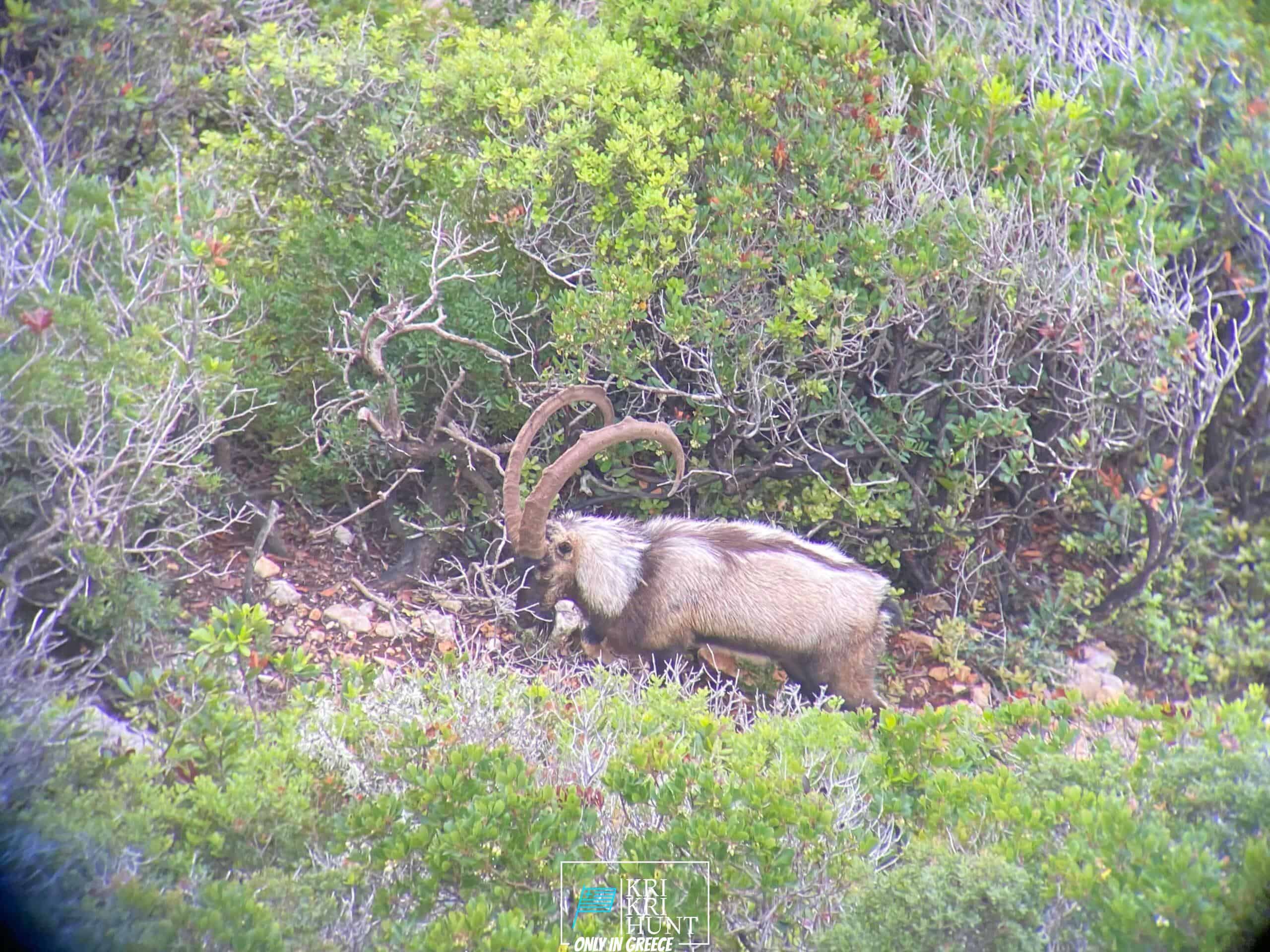
To lots of people, The Peloponnese peninsula on the Greek Mainland is the 'genuine' Greece, where things have actually not altered a lot at all over the centuries despite the fact that lots of people have actually discovered it. This is a location where you might conveniently spend a month, yet if you are short promptly then our exterior hunting, Fishing, cost-free diving as well as exploring Peloponnese Tours from Methoni is an excellent option.

This Ibex is NOT a diminutive form of the Bezoar Ibex, which has actually moved into the western-most reach of the range of this varieties. The kri-kri (Capra aegagrus cretica), likewise called the Cretan goat, Agrimi, or Cretan Ibex, is an aboriginal goat species occupying the eastern Mediterranean, which was once believed to be a subspecies of wild goat. This kri-kri is a feral goat with a light brownish layer with a dark collar. They have two sweeping horns on their heads. Throughout the day, they relax and stay clear of visitors, preventing vacationers. The kri-kri can jump a long way or scale seemingly upright cliffs.
The first thing you will certainly discover when you arrive in the Peloponnese peninsula is the strikingly lovely landscape. The hills, lakes, rivers, and woodlands make this area a nature fan's paradise. There are also plenty of possibilities for treking, angling, swimming, as well as other exterior tasks. Yet the Peloponnese peninsula is not almost its all-natural elegance; there are also many historic and cultural sites to check out. Do not neglect also fishing, free-diving and searching. Some of the most preferred traveler locations in the Peloponnese include ancient Olympia, Epidaurus, Mycenae, as well as Sparta. These locations use a remarkable look right into Greece's abundant background as well as culture. If you are interested in finding out more concerning Greek mythology, after that you will absolutely intend to see Mount Olympus, residence of the 12 Olympian gods. Of course, no journey to Greece would be full without trying some of the tasty food. The Peloponnese peninsula is home to some of the very best olive oil worldwide along with feta cheese, olives, honey, and also a glass of wine. See to it to try a few of the neighborhood specialties such as dolma (stuffed grape leaves), Souvlaki (smoked meat skewers), and also Gyro (meat covered in pita bread).
If you're trying to find a genuine Greek experience, then look no further than our outdoor searching in Greece with angling, as well as complimentary diving excursions of Peloponnese. This is an unforgettable way to see whatever that this fantastic area has to provide. Reserve your tour today!
What is the diference between Kri Kri ibex, Bezoar ibex and hybrid ibex
The kri-kri is not thought to be indigenous to Crete, most likely having been imported to the island during the time of the Minoan civilization. Nevertheless, it is found nowhere else and is therefore endemic to Crete. It was common throughout the Aegean but the peaks of the 8,000 ft (2,400 m) White Mountains of Western Crete are their last strongholds–particularly a series of almost vertical 3,000 ft (900 m) cliffs called ‘the Untrodden’—at the head of the Samaria Gorge. This mountain range, which hosts another 14 endemic animal species, is protected as a UNESCO Biosphere Reserve. In total, their range extends to the White Mountains, the Samaria National Forest and the islets of Dia, Thodorou, and Agii Pandes.
This Ibex is NOT a diminutive form of the Bezoar Ibex, which has migrated into the western-most reach of the range of this species. The kri – kri (Capra aegagrus cretica), sometimes called the Cretan goat, Agrimi, or Cretan Ibex, is a feral goat inhabiting the Eastern Mediterranean, previously considered a subspecies of wild goat. The kri-kri has a light brownish coat with a darker band around its neck. It has two horns that sweep back from the head. In the wild they are shy and avoid tourists, resting during the day. The animal can leap some distance or climb seemingly sheer cliffs.
“The agrimi goat Capra aegagrus cretica is unique to Crete and its offshore islands. It has been identi®ed as a sub-species of the wild bezoar goat Capra aegagrus aegagrus Erxleben, 1777, which it closely resembles in horn shape, body form and coloration. This classi®cation has been disputed by some researchers who claim that the agrimi are feral goats, derived from early domestic stock brought to the island by the ®rst Neolithic settlers. In order to clarify this issue, DNA analyses (cytochrome b and D loop sequences) were carried out on tissue of live and skeletonized agrimi and compared to sequences of wild and domestic caprines. Results conclusively show the agrimi to be a feral animal, that clades with domestic goats (Capra hircus) rather than with wild Asiatic bezoar. This study demonstrates that morphometric criteria do not necessarily re¯ect genetic af®nities, and that the taxonomic classi®cation of agrimi should be revised.”